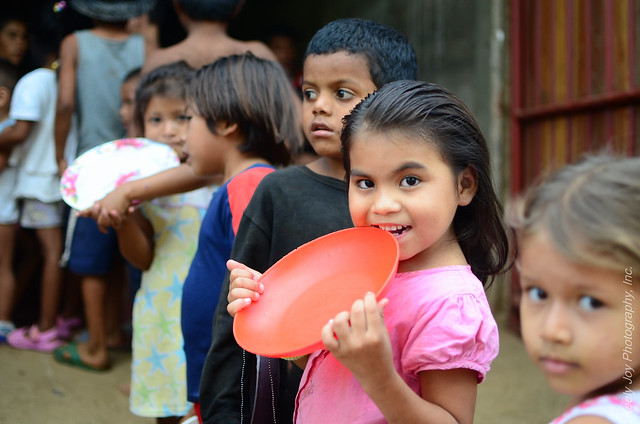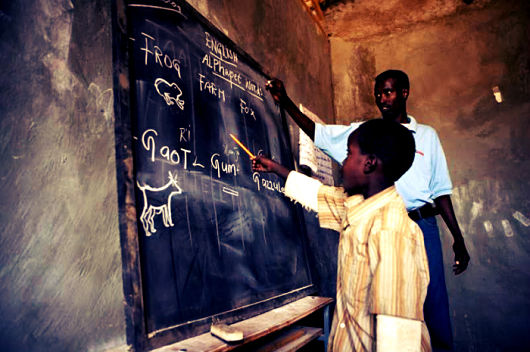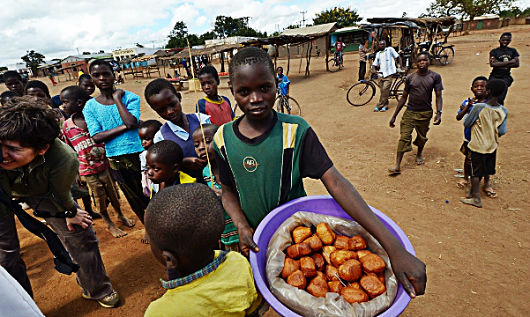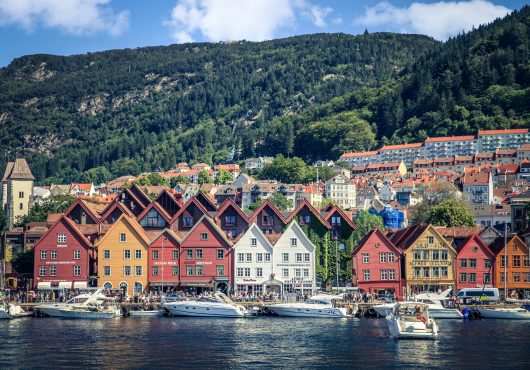
Norway is a small Scandinavian country with a population of approximately 4.9 million. It is a parliamentary democracy and constitutional monarchy, and a range of political parties operate freely there.
Recent reports on human rights in Norway show it is one of the best countries for political, civil and individual rights except a few minor, worrying trends in immigration and the rights of religious minorities. “Norway has ranked first on the UN Development Program’s Human Development Index for 12 of the last 15 years, and it consistently tops international comparisons in such areas as democracy, civil and political rights, and freedom of expression and the press.”
Below is a breakdown of characteristic details of human rights in Norway in the past couple of years.
Political pluralism: Norway’s Constitution promotes political pluralism and guarantees it in practice. All political parties from a range of ideological backgrounds participate freely in elections. The country’s political freedom is such that the indigenous Sami population, “the only group in Scandinavia recognized as an indigenous people by international conventions,” has its own legislature, the Sameting, which works to protect the language and political, cultural and economic rights of the group.
Press freedom: Freedom of the press is constitutionally guaranteed and protected in public life. The government subsidizes the majority of newspapers, although private and partisan, in an effort to promote political pluralism and democracy. Citizens’ digital rights are respected. Internet access is free and unimpeded. There is respect for academic freedom, and private discussions are free and vibrant.
The freedom of belief: The freedom of religion is constitutionally guaranteed and respected in practice. Norway is a secular country where the church and the state were separated by a 2012 constitutional amendment. All religious beliefs enjoy freedom, but lately, there is seemingly a rise in anti-Semitic and anti-Muslim violence and harassment.
In 2015, a new special police unit in Oslo – founded to strengthen efforts against hate crimes – reviewed 143 crimes, roughly double the number reviewed in 2014. “In June of this year, Norway became the first Nordic country to propose a ban on the burqa -full face and body covering- in kindergartens, schools and universities.”
Although according to the Huffington Post “very very few” of three percent of Norway’s Muslim population, or roughly 150,000 individuals, wear a niqab – the veil that covers the face, showing only the eyes – it still is a matter of civilian liberty and has to be dealt with accordingly. In August 2015, the U.N. Committee on the Elimination of Racial Discrimination criticized the country for lack of a comprehensive approach to halt these crimes, as it scars the overall picture of human rights in Norway.
Associational/organizational rights: The Norwegian constitution guarantees the rights to assembly and protest. In 2015, following a terrorist attack on a synagogue, hundreds of Norwegians made a “ring of peace” around an Oslo Synagogue to show solidarity with the Jewish community. The right to assembly and strike is guaranteed to labor organizations/unions and workers except for senior civil servants and the military.
Immigration: Like many other European countries, Norway has seen a surge in the immigration in recent years as it has increased fivefold since the 1970s. “In 2015, Norway received asylum applications from 31,000 people, primarily from Syria, Iraq, and Afghanistan; this was a significant increase from the 11,000 applications received in 2014.” The country is witnessing the rise of anti-immigration right-wing politics. Consequently, the controversial practice of refoulment, which the international law forbids, continued in 2015, affecting more than 1,000 people.
Prisoners’ rights: Norway is known globally for its radical humaneness toward prisoners. The incarceration rate is among the lowest in the world at 75 persons per 100,000. In the U.S., it is 10 times higher. There is no death penalty nor lifetime imprisonment, and the maximum sentence for most crimes is 21 years. Norway’s recidivism rate of 20 percent is one of the lowest in the world. However, the country’s capacity has not been sufficient with more than 1,000 prisoners waiting to serve their sentences in recent years.
Individual rights: Norway is also one of the best countries for personal autonomy. Citizens from the European Union do not need a permit to work in Norway. The Gender Equality Act provides equal rights for both men and women. Conscription in armed forces is gender-neutral according to a law that took effect in 2015. In 2013, women won 40 percent of seats in parliament. A gender-neutral marriage act passed in 2009 granted Norwegian same-sex couples identical rights as opposite-sex couples, including in adoption and assisted pregnancies.
Given its credible record in the past, it is very likely that the strong presence of NGOs and civil society networks with the cooperation of government, will strengthen efforts to redress discriminatory practices because they are a threat to pluralism and the positive image of human rights in Norway.
– Aslam Kakar
Photo: Flickr

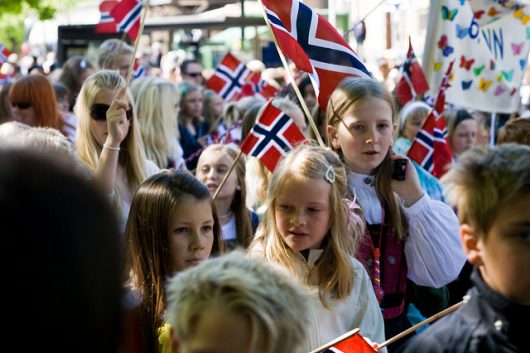
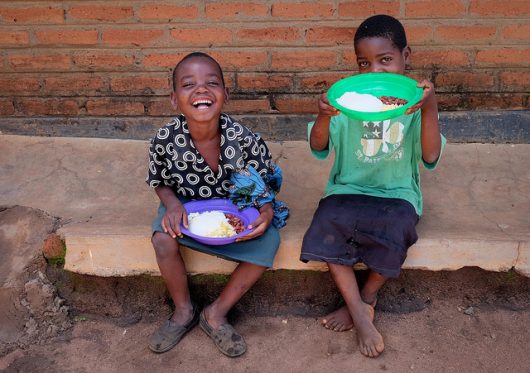 Malawi’s
Malawi’s 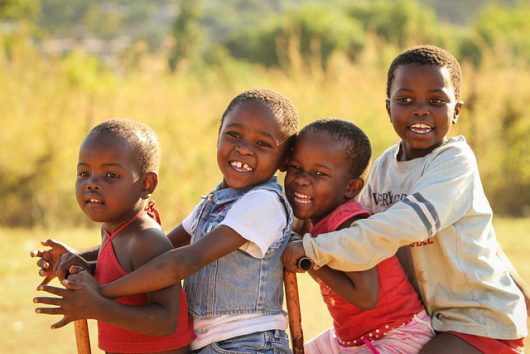
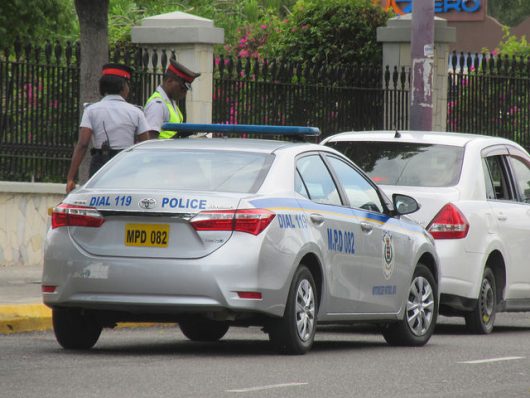 In the 2007
In the 2007 
